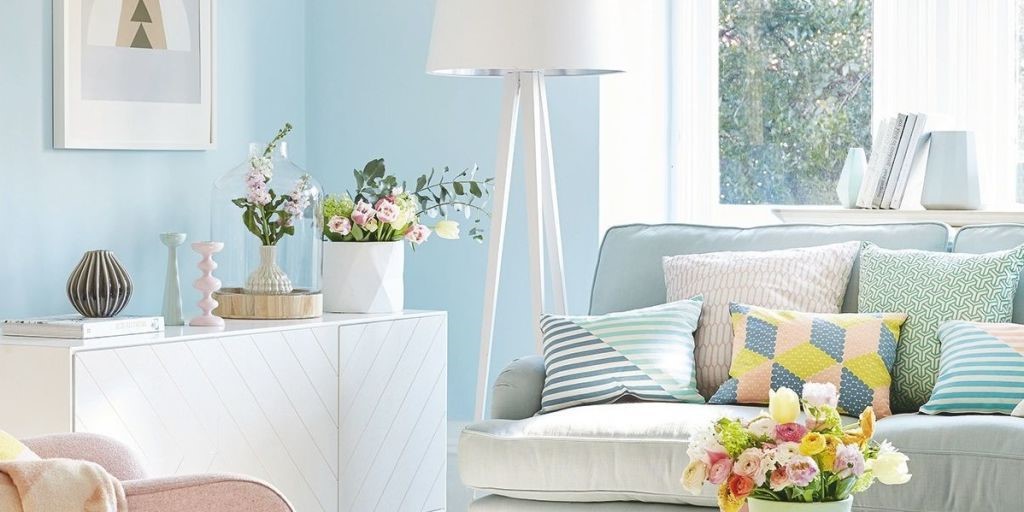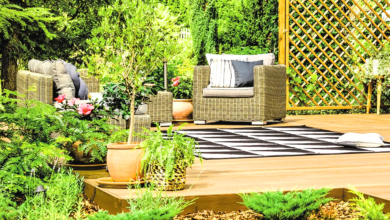Minimalist Living: How to Simplify Your Space and Mind
If you're looking to regain control over your life, reduce stress, and find greater satisfaction in the everyday, minimalist living may offer the clarity

In an era defined by constant connectivity, consumerism, and chaos, the desire for simplicity has never been more prevalent. Minimalist living has emerged as a powerful lifestyle trend, inspiring individuals to declutter not just their homes, but their minds as well. If you’re looking to regain control over your life, reduce stress, and find greater satisfaction in the everyday, minimalist living may offer the clarity and peace you seek.
What is Minimalist Living?
Minimalist living is more than just a design aesthetic or a trend. It’s a deliberate way of life that prioritizes quality over quantity and values intentionality over excess. At its core, minimalist living involves reducing material possessions to focus on what truly matters. It’s about creating space—physically, mentally, and emotionally—for the things that bring joy, purpose, and peace.
The Philosophy Behind Minimalism
Minimalism is deeply rooted in philosophies that date back centuries, from Buddhist teachings to Stoicism. These philosophies emphasize the importance of mindfulness, self-awareness, and detachment from material wealth. Modern minimalist living draws from these traditions to encourage a lifestyle that fosters clarity, contentment, and conscious consumption.
The Benefits of Minimalist Living
1. Reduced Stress and Anxiety
Clutter can be a significant source of stress. It bombards our senses and competes for our attention, often leading to anxiety and restlessness. By adopting minimalist living, you create an environment that promotes calmness and order.
2. Financial Freedom
Living minimally means spending less on things you don’t need. This approach allows you to save more, invest wisely, and experience the freedom that comes with financial security.
3. Improved Focus and Productivity
A clutter-free space often leads to a clutter-free mind. With fewer distractions, you’re better able to concentrate on tasks and engage in deep, meaningful work.
4. Greater Appreciation for What You Have
When you own less, you value each item more. Minimalist living encourages gratitude and mindfulness, helping you develop a deeper connection with your belongings and experiences.
5. Enhanced Environmental Sustainability
Minimalism supports eco-conscious living. By consuming less, you reduce waste and lower your carbon footprint, contributing to a healthier planet.
Steps to Embrace Minimalist Living
1. Start with a Clear Vision
Define what minimalist living means to you. Your vision should align with your values and long-term goals. Whether it’s more family time, better mental health, or a simpler lifestyle, knowing your “why” will guide your journey.
2. Declutter Your Physical Space
Begin with one room at a time. Sort items into categories: keep, donate, recycle, or discard. Ask yourself: “Does this add value to my life?” If not, let it go. Key areas to focus on include:
- Wardrobe: Create a capsule wardrobe with versatile, quality pieces.
- Kitchen: Keep only essential tools and utensils.
- Living Areas: Remove unnecessary decor and furniture.
3. Digitally Declutter
Minimalist living extends beyond physical possessions. Organize your digital space by:
- Deleting unused apps
- Unsubscribing from promotional emails
- Organizing files and photos
- Limiting social media usage
4. Adopt Intentional Shopping Habits
Before making a purchase, ask yourself:
- Do I really need this?
- Will it add long-term value?
- Is it worth the space it will occupy?
Choose quality over quantity and invest in items that serve multiple purposes.
5. Simplify Your Schedule
Minimalist living isn’t just about your home—it’s also about your time. Learn to say no to commitments that don’t align with your priorities. Focus on activities that nurture your well-being and personal growth.
Designing a Minimalist Home
Creating a minimalist home involves thoughtful design and functionality. Here are tips to achieve a minimalist aesthetic:
- Neutral Color Palette: Whites, grays, and earth tones create a calm atmosphere.
- Functional Furniture: Choose pieces that are multi-purpose and space-efficient.
- Clean Lines and Open Spaces: Avoid clutter and embrace simplicity.
- Natural Light and Greenery: Maximize sunlight and add plants for a refreshing touch.
Minimalist Living and Mental Health
The connection between minimalist living and mental well-being is profound. A simplified space fosters clarity and tranquility. Mindfulness practices, such as meditation and journaling, complement minimalist living by helping you focus on the present moment and appreciate the simple joys of life.
Common Myths About Minimalist Living
1. You Must Live with Bare Walls and One Chair
Minimalism isn’t about deprivation. It’s about intentionality. Your home can be cozy and expressive while still embracing minimalist principles.
2. Minimalist Living is Only for the Wealthy
On the contrary, minimalism often leads to financial freedom. It encourages you to live within your means and make thoughtful purchases.
3. It’s a One-Size-Fits-All Approach
Minimalist living looks different for everyone. It’s about finding a balance that suits your lifestyle and values.
Minimalist Living with a Family
Adopting minimalist living with a family is possible and rewarding. Involve everyone in the process. Teach children about the value of experiences over things. Simplify routines, organize communal spaces, and prioritize quality time together.
Minimalist Living for Different Lifestyles
Whether you’re a student, a working professional, or a retiree, it can be tailored to suit your needs. Consider these adaptations:
- Students: Focus on digital minimalism and organized study spaces.
- Professionals: Streamline your work environment for better focus.
- Retirees: Declutter to create a peaceful, manageable living space.
The Journey to Minimalist Living
This is a journey, not a destination. Start small and be patient. Celebrate progress rather than perfection. Remember, the goal is to create a life that feels full—not because of things, but because of meaning and purpose.
Additional Tips
- Practice Gratitude Daily: Appreciate what you have and recognize the abundance in simplicity.
- Consume Consciously: Support ethical brands and reduce waste.
- Reflect Regularly: Reevaluate your lifestyle and make adjustments as needed.
- Create Boundaries: Protect your time and space from unnecessary demands.
- Join a Community: Connect with others who share your minimalist values.
Conclusion: A Simpler, Fuller Life
Minimalist living isn’t about having less—it’s about making room for more: more peace, more clarity, more purpose. By simplifying your space and your mind, you open yourself up to a life that’s rich in meaning and free from the weight of unnecessary excess. Whether you’re just beginning or already on the path, it offers a transformative approach to living intentionally and joyfully.











